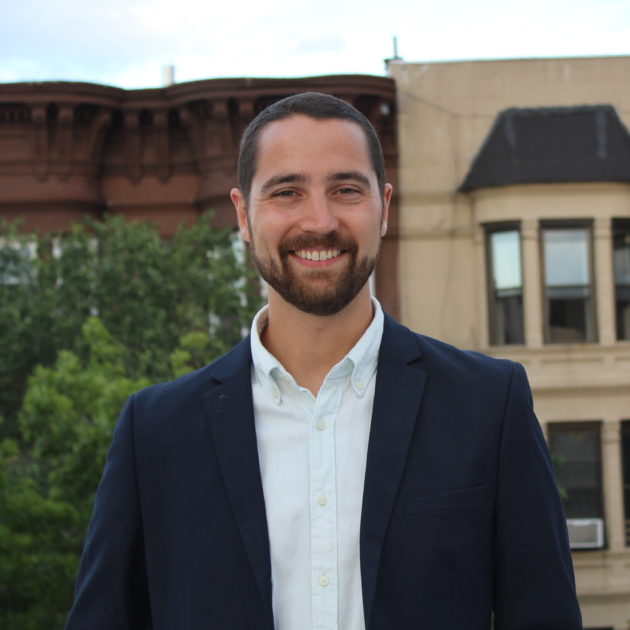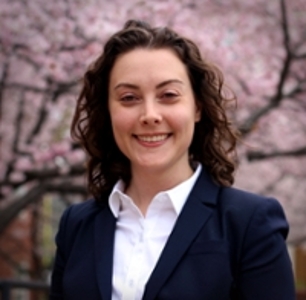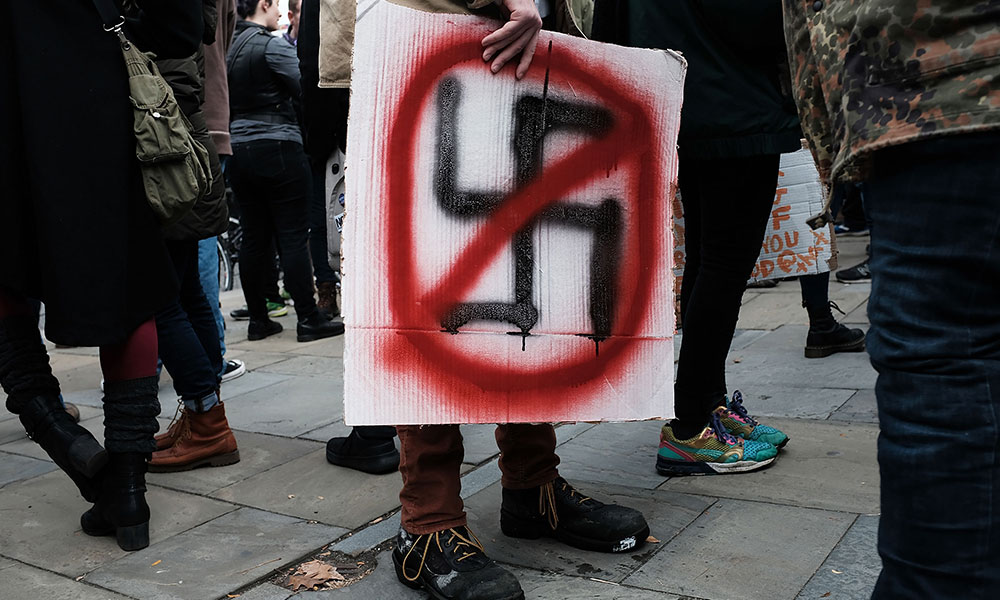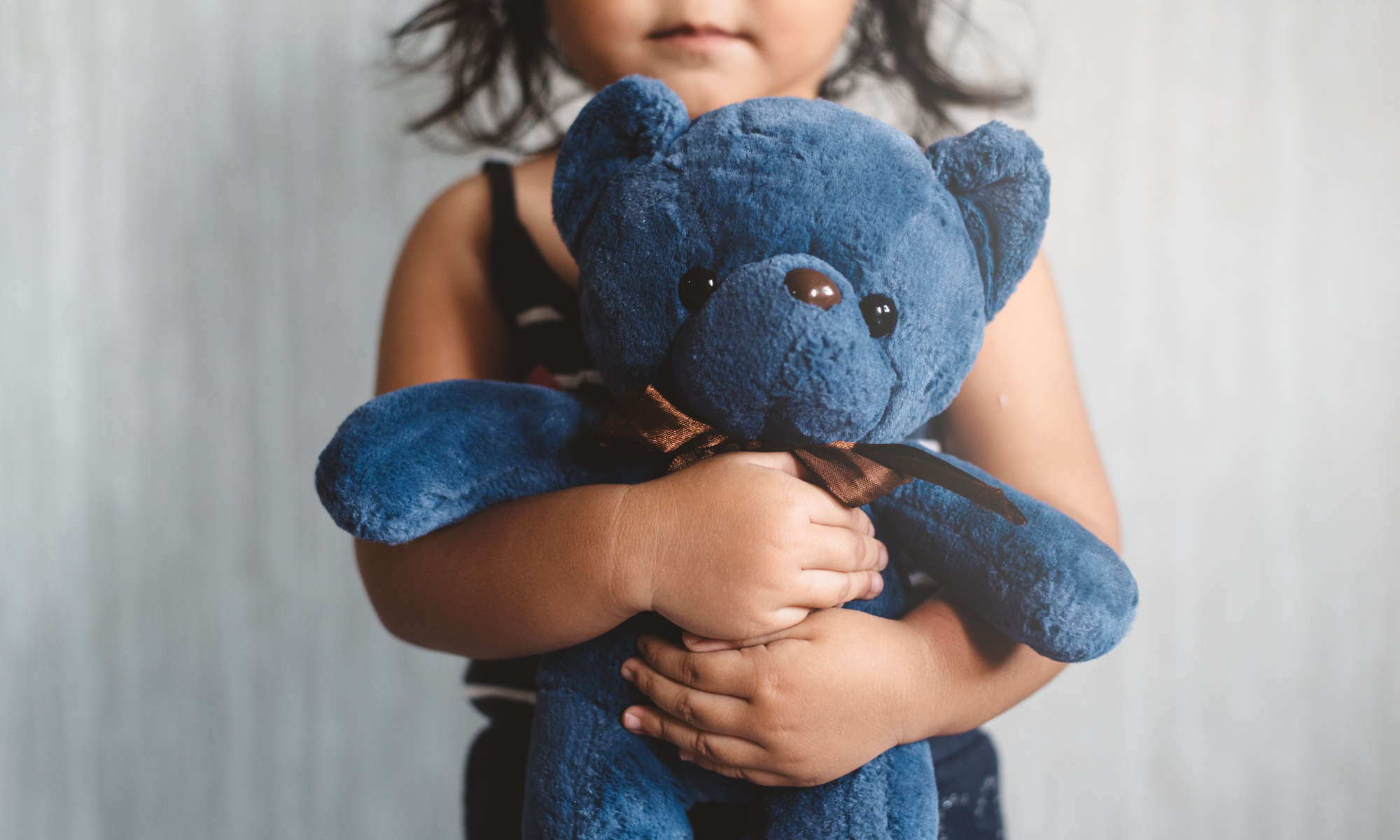Discussing the psychology and impact of hate and intolerance
If you pay attention to the news, it’s easy to get the sense that acts of violence—particularly violence inspired by bigotry and hate—are on the rise. Unfortunately, the numbers seem to back that up. Last week the FBI released a report that showed anti-Semitic crime incidents targeting Jewish people and Jewish institutions in the US spiked about 37 percent between 2016 and 2017. College and university campuses are not immune.
In a message to the University community following acts of bigotry and violence in Philadelphia and Louisville, President Richard Feldman noted our own recent experiences with intolerance and disrespect on campus, including a swastika written on a sign at the Eastman School of Music. “As a university that celebrates academic freedom and civil discourse, these acts and a national conversation that too often displays hate and divisiveness are distressing and frightening.”
University Communications recently sat down with Nora Rubel, the Jane and Allen Batkin Professor of Jewish Studies and chair of the Department of Religion and Classics, Thomas Fleischman, assistant professor of history, and Laura Elenbaas, assistant professor of psychology, for an academic conversation about hate and intolerance. Together, they discuss reactions to recent incidents of hate, important lessons from history, and the psychology of stereotypes and intolerance. The following Q&A has been edited for format.
Roots of anti-Semitism
Jim Ver Steeg: Professor Rubel, as we think of acts of bigotry and hate around anti-Semitism, how is it that you’re understanding what we’re seeing in the world today?

Nora Rubel: Anti-Jewish discrimination is the highest reported anti-religious discrimination, though Jews historically in America have had better relations with law enforcement and are more likely to report.
One of the things that came out after the shooting in Pittsburgh was the underlying roots of anti-Semitism. Within the United States, starting in the 1980s, we saw a blossoming of the Christian identity movement. This idea of Jews being the children of Satan and responsible for all of the ills that befall White people.
A lot of scholars on these issues say that anti-Semitism tends to be the canary in the coal mine, because if you’re seeing a spike in anti-Semitism or public anti-Semitism, that usually goes along with other forms of racism, misogyny, and religious discrimination. There’s been a lot of anti-Muslim aggravated assault. We can see that many of these shooting events tend to have to do with anger about women and that seems to be very much mixed up in this.
Jim Ver Steeg: Professor Fleischman, how do events from European or German history compare to what we’re currently seeing in the United States?

Thomas Fleischman: I start my class on Nazi Germany with the cliché that history repeats itself, and I admonish my students not to view Nazi Germany in that way, but to use Mark Twain’s famous expression, “History doesn’t repeat itself but it certainly rhymes.” It’s in this way that we can think about the ways history can instruct and inform the present.
From my perspective, what is going on is the revival of fascism as a viable political ideology in and around the world today. It’s sort of tricky to talk about what fascism is because it’s an ideology that’s hard to pin down, largely because of its outward appearance. Its symbols are different based on the country in which it’s happening, but there are some things that all forms of fascism have in common. Robert Paxton [professor emeritus of social sciences and modern Europe at Columbia University] wrote about what fascism is and defined it more or less in this way: It’s an ideology that depends on the primacy of a particular group. The primacy of that group is also at the same time subverted by that group’s victimization. The group then also has a natural faith or desire to follow a leader. And fourth, there’s a glorification of violence embedded in that ideology. And I think if you were to go through that checklist, you would find all those factors present here in the US right now.
In the United States what you’re going to see more are appeals to American exceptionalism, Manifest Destiny, and then of course the primacy of White people, which is embedded in our histories of slavery, but more recently segregation in the US South.
Jim Ver Steeg: How is technology being used to promote some of these more hateful events and maybe some of the more hateful rhetoric?
Thomas Fleischman: Well, in Nazi Germany it’s famously tied to propaganda campaigns masterminded by Goebbels. I think more recently what’s been going on is the use of technology to allow relatively isolated groups to communicate more often with each other. Social media is amplifying and extending the reach of those networks in ways that we hadn’t really considered before. White supremacy has organized online for a long time, but the rise of Twitter and Facebook—particularly their inability or perhaps unwillingness to regulate such behavior and actions and communications—has allowed them to spread in ways they never could have dreamed.
Nora Rubel: I agree with Tom. Technology has always been used as an outreach method. You had propaganda on the radio and some of that was a way of reaching people in isolation and having them feel like they were part of a conversation. You then had White supremacists also using ham radio technology, reaching out to each other that way. In the past, though, to really find out about these White power organizations people had to send away for pamphlets, attend meetings. I think that [technology] in some ways connects people in a pretty dark way.
Kids and prejudice
Jim Ver Steeg: Professor Elenbaas, how does prejudice get instilled in young people?

Laura Elenbaas: From an early age kids and teenagers are sifting through a lot of messages about how they should feel and what they should think about people who are different from themselves. In developmental psychology there is a long line of research on children’s racial or ethnic attitudes, but also some important work on perceptions of people of different religious backgrounds, different nationalities, and different socioeconomic statuses from oneself.
Parents and teachers are crucial setters of norms for how we behave within our family, within our classroom. But there is also the media. There’s been this ramping up of really intense rhetoric around immigration, around religion in the U.S. lately.
But one thing I want to highlight—coming from the developmental perspective—is that kids often lack positive opportunities to interact with and even become friends with peers who are from a different background than themselves. Most of this comes out of work on race or ethnicity, but it applies in the case of religion, socioeconomic status, and nationality, too. Positive social interactions between peers of different backgrounds are crucial for reducing and limiting the development of stereotypes and biases in childhood and adolescence.
Nora Rubel: Laura, you mentioned that children who have these friends can be more empathetic. Empathy seems to be the key to understanding that people are different but worthy of respect. Can you talk about developing empathy in children?
Laura Elenbaas: Empathy emerges very early in development. Even toddlers will respond to another person’s distress by trying to address it. So, if someone is sad, a toddler can come over and pat them on the back and say, “It’s okay.” If someone is hungry, they can offer their friends a little piece of graham cracker. But also, recognition of differences and similarities between oneself and others is emerging. What quality friendships across group lines does is extend that expression of empathy under a broader umbrella. But whether or not that makes a difference in terms of whether they’re going to express empathy—whether they’re going to hang out with that kid, be friends with that kid, be in the club after school with that kid, or invite them to their birthday party—has a lot to do with the conditions of their social environment. Conditions where adults are condoning hostility towards stigmatized groups, or where there is an environment of threat of competition, are not going to promote empathy, are not going to promote friendships across group lines.
How to talk about hate in the classroom
Jim Ver Steeg: How do you talk about these things with students in your classroom, or with anyone else who asks your perspective on recent events of hate and intolerance that are making the news.
Nora Rubel: We saw a spike in hate crime directly after the 2016 election and a rise in bias-related incidents here at the university. So, I brought that up in my classes, one called “Sex and Power” and another called “Religion and the Race for the White House.” Both were really relevant to what was going on at the time, and many of my students were shocked by what was coming out. But I will say that my students of color were not surprised at all and shared with their colleagues that these things happen all the time. They’re just not always reported.
Thomas Fleischman: In my “Hitler’s Germany” course, one of the things I try to do is reframe how students think about what the phenomenon of Hitler and the rise of Nazism actually means. That requires that I do two things. One is that I push back against this notion of the Holocaust and Nazi Germany as an exceptional event in history—it’s exceptional in its violence, it’s exceptional in its racism, it’s exceptional in its genocide—and to put it right back into the [context of the] 20th century. The reason I do that is twofold. The first is that when students see it as exceptional, they also tend to be thinking explicitly—or maybe implicitly—about Auschwitz as representation for what was Nazism. But there doesn’t have to be an Auschwitz for there to be a fascist movement. There doesn’t have to be genocide and concentration camps for there to be all the other things that Hitler brought into the world.
The second thing I do in the class to push back against this sui generis notion of Nazi Germany is to connect it to trends in world history. And in particular, under fascism and for Hitler himself, the United States was a very powerful influence on his thinking: on his racial ideology, on his economic ideology, and on his notion of imperialism. On the eve of the invasion of Eastern Europe in 1941, he made a speech in which he said that the Volga River would be Germany’s Mississippi, implying the notion that just as the United States had wiped out all the native peoples that existed between the coast and the Mississippi, Germany would do the same to the people that existed between Germany and the Volga.
The point is to really get students to think about, one, the ways in which Nazi Germany didn’t just happen in an exceptional way, and, two, to get them to really understand that it could happen anywhere. There’s nothing special about being German and anti-Semitism. There’s nothing special about religious or ethnic hatred and a particular national history.
Jim Ver Steeg: Laura, how are we talking about this with students from a developmental perspective?
Laura Elenbaas: I actually do talk about the development of prejudice and the development of discrimination in my undergrad courses. I teach “Social and Emotional Development” and I talk about the development of biases. I keep it data-based and I talk about what discrimination looks like in the child’s world. It looks like repeatedly bullying someone for biased-related reasons. It looks like excluding them from friendships or just from social groups. It’s often name-calling, taunting, other forms of harassment. So, I talk about what it looks like when a child shows bias and what it does to be on the receiving end of that. Being on the receiving end of that sort of harassment in childhood is associated with depression, with anxiety, with academic disengagement.
I think that many students appreciate the fact that from a developmental perspective you have a chance to intervene early. If you want to have a chance of changing attitudes for the better, of promoting inclusion, of promoting respect, you need to start in childhood when those attitudes are still malleable and still forming.




